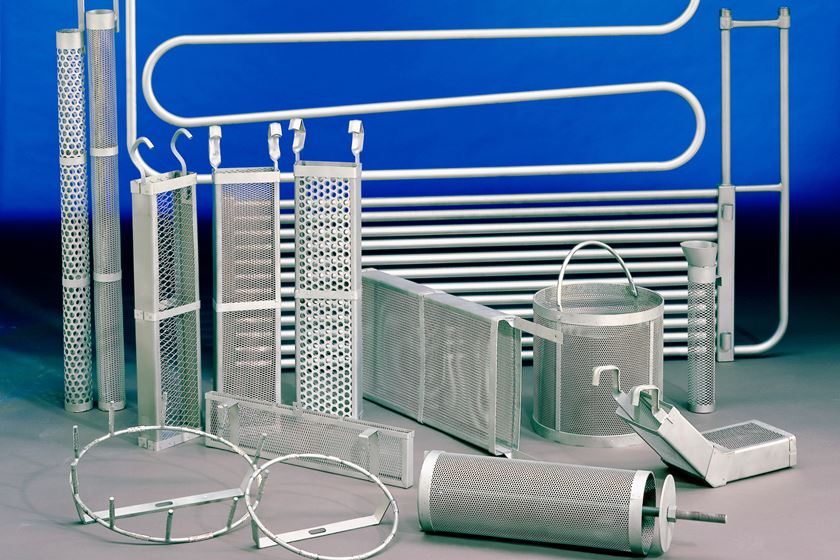Class A Finish
Question: I saw your article online about the Class A finish.
Question:
I saw your article online about the Class A finish. We’re having parts coated by our custom coater to a Class B currently, which he says is the most common class. If we want Class A, it’s more money per part. He says he developed his own spec that he shared with us, and it has a lot of descriptions of the various defects due to the ISO 9001 certification. We were getting bad service from him and want to use a new custom coater, and this guy has no spec (small shop) so we’re using the spec of our old supplier for this new guy (we just put our company name at the top of the document). We want the new supplier to give us Class A service. My question is, are there any pictures available for the various defects that can occur during coating? Many of the terms are vague and we do 100% inspection of our parts once they come back from coating. With a spec it gives us more leverage in determining whether to reject a part or not. Are there any references that would help me find out more about this issue? R. R.
Answer:
The ASTM used to publish photographs of the blister standards. Paint suppliers often show photographs of salt spray panels. I don’t know of any photographs that show paint defects not allowed in Class A finishes.
Most people have a written specification detailing what they want in a finish. For example, “There shall be no blisters nor surface roughness.” You are taking the right approach. However, I’m not sure of the legality or ethnicity of putting your company name on their document. Perhaps you should rewrite the document using your words.
RELATED CONTENT
-
Drivers of Change
Is your metal finishing software ready for an upgrade?
-
Curing Oven Basics
Simply heating up the substrate does not cure the coating. There are many variables to consider when choosing the best cure oven for your application...
-
Is Your Electroplating Waste Hazardous?
Some that bears precious metals is, and there are a host of regulations to consider when recycling.















